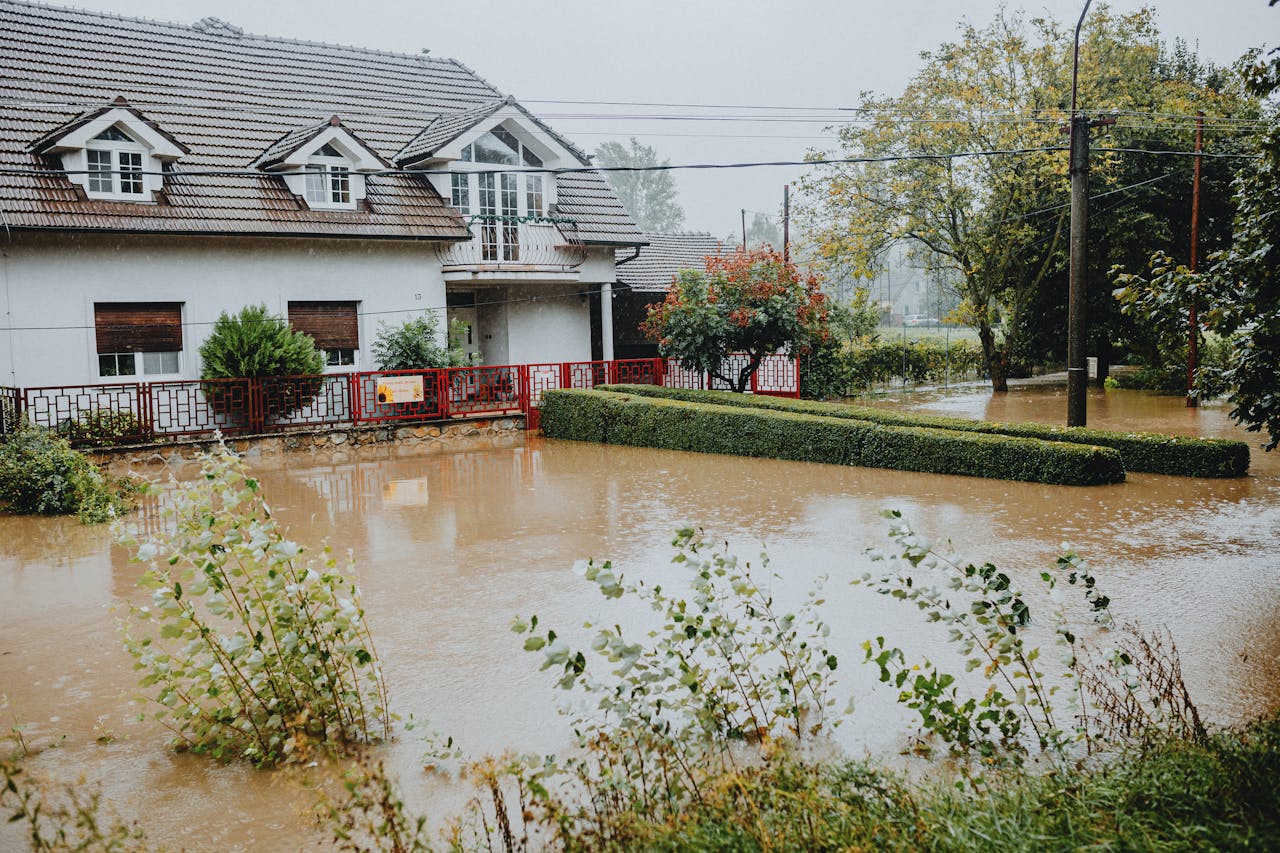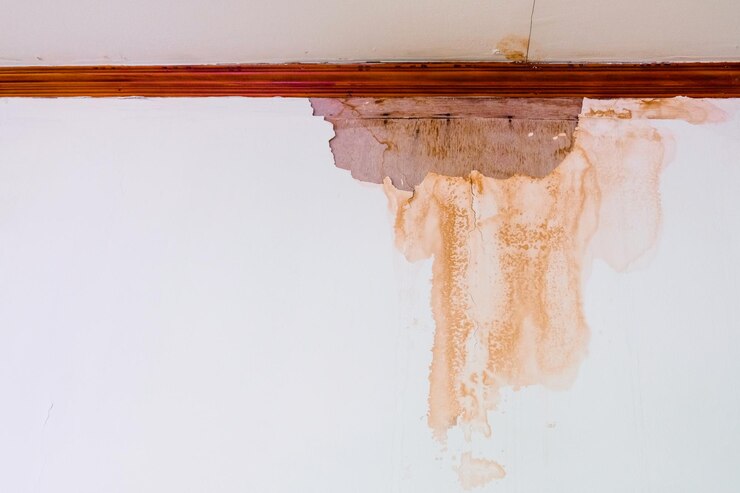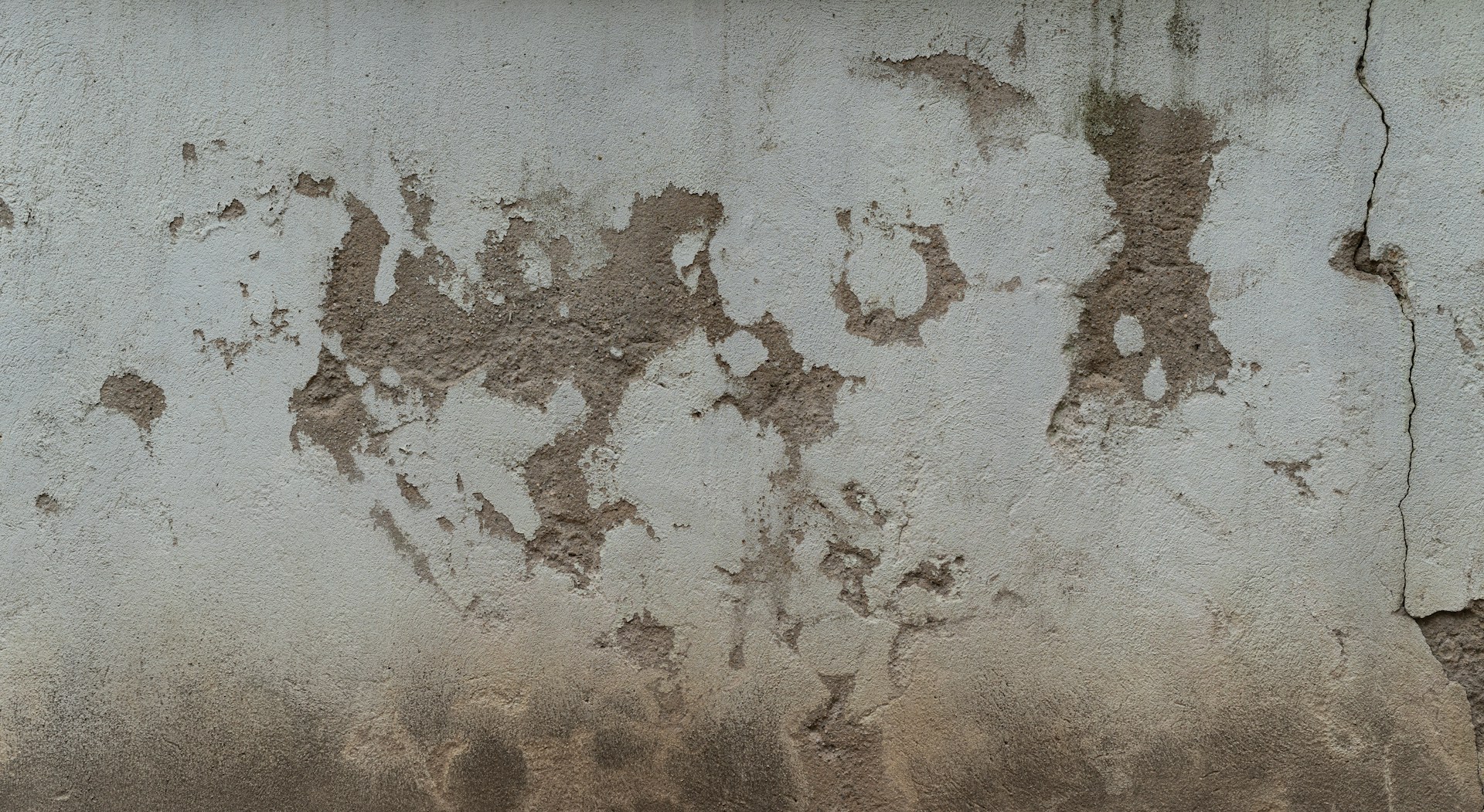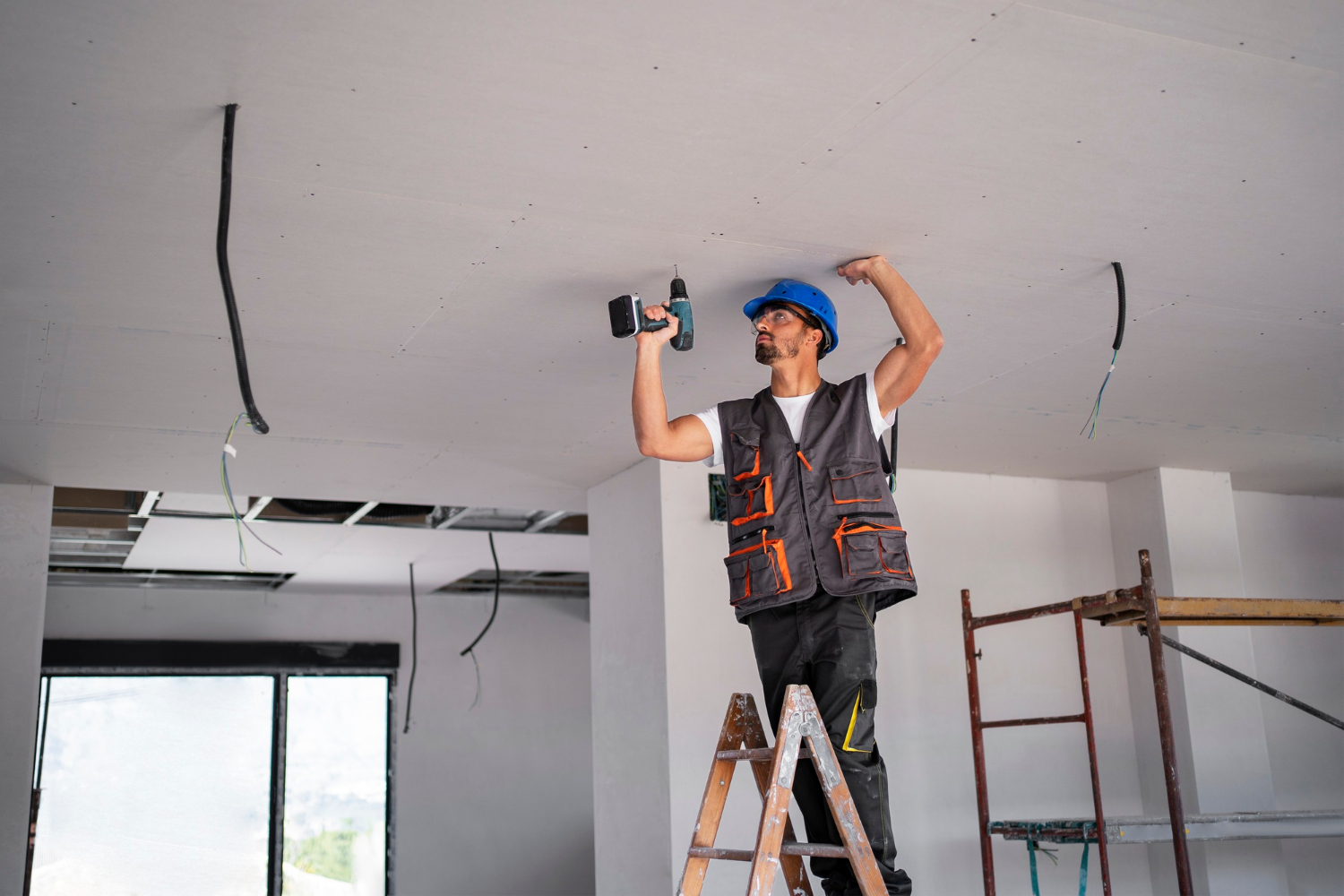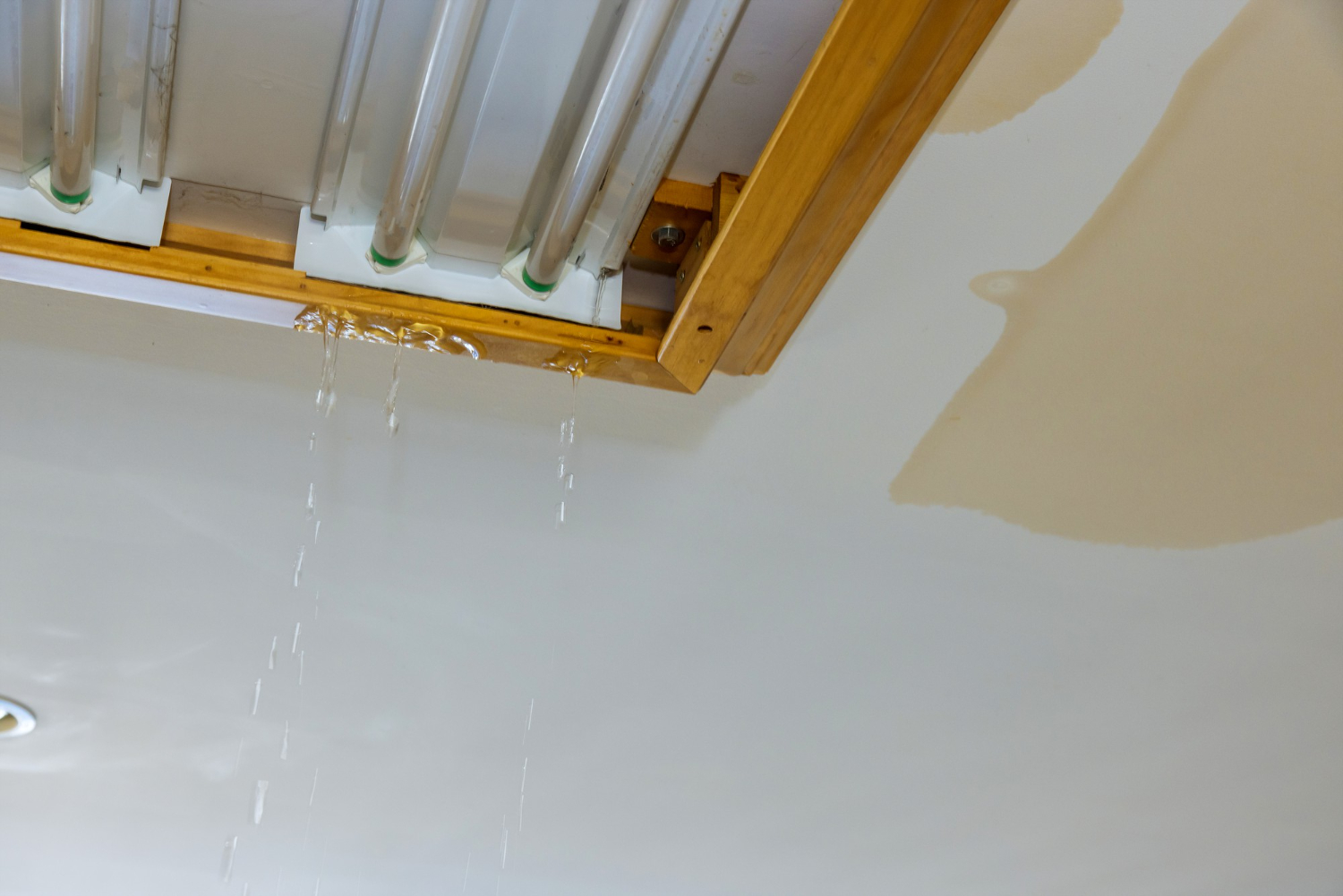Water damage can wreak havoc on our homes, leading to many problems, including mold growth. Mold thrives in damp, humid conditions and can quickly spread, creating serious health risks for everyone living in the house. Recognizing the signs of mold early on and taking immediate action can help keep your home safe.
After experiencing water damage, it’s important to address any mold issues promptly. Ignoring mold can lead to respiratory problems, allergies, and other health concerns. Cleaning up mold requires careful attention and the right approach to ensure it is fully removed and does not return.
In this guide, we’ll share easy and effective tips for dealing with mold after water damage. By following these steps, you can protect your home and keep your family healthy. Whether you’re facing minor mold growth or a more significant problem, these cleanup tips will help you tackle the issue head-on and prevent future occurrences.
Recognizing the Signs of Mold
Common Indicators of Mold Growth
Spotting mold early can save you from extensive cleanup later. Common indicators of mold growth include visible black, green, or white spots on walls, ceilings, and other surfaces. Mold also emits a musty, unpleasant odor, which is often a clear sign that mold is growing somewhere in your home. Additionally, if you’re experiencing increased allergy symptoms like sneezing, coughing, or itchy eyes, mold might be the culprit.
Hidden Areas to Check for Mold
Mold can hide in places not easily visible. It’s crucial to check under sinks, behind appliances, and within air conditioning units. Look beneath carpeting and floorboards, especially in areas that have recently experienced water damage. Mold often grows in attics and basements, so these areas should be inspected carefully. Other hidden spots could include behind wallpaper, inside walls, and within insulation.
Health Risks Associated with Mold Exposure
Mold exposure can lead to serious health problems. It can cause respiratory issues and skin irritations, and exacerbate asthma and allergies. Prolonged exposure can even lead to chronic respiratory conditions. Recognizing these health risks underscores the importance of addressing mold growth promptly. Keeping your family safe should always be a priority, making mold detection and removal essential.
Preparing for Mold Cleanup
Gather Necessary Supplies and Protective Gear
Before starting mold cleanup, gather all necessary supplies. You’ll need mold cleaner, scrub brushes, disposable rags, a wet/dry vacuum, and plastic bags for disposal. Equally important is personal protective gear. Wear gloves, a mask (preferably an N95 respirator), and goggles to protect yourself from mold spores. This ensures you can clean safely without risking your health.
Ventilating the Affected Area
Proper ventilation is key during mold cleanup. Open windows and doors to allow fresh air to circulate. Fans can be used to help move air out of the room, which can reduce the concentration of mold spores. Ventilation helps keep you safe from inhaling mold particles and speeds up the drying process, which is necessary to prevent further mold growth.
Establishing Containment to Prevent Spread
To prevent mold spores from spreading to unaffected areas of your home, establish containment. Seal off the area using plastic sheeting and tape. This helps keep the spores contained in the affected area. Make sure to close off and cover any vents, doors, and windows that lead to other parts of the house. Containing the mold ensures that your cleaning efforts are effective and that the problem does not spread.
Effective Mold Removal Techniques
Cleaning Hard Surfaces with Mold Cleaner
When it comes to removing mold, cleaning hard surfaces with mold cleaner is essential. Start by scrubbing the affected areas with a brush soaked in a commercial mold cleaner, following the instructions on the product label. For a homemade solution, you can use a mixture of water and vinegar or baking soda. Apply the cleaner generously and scrub thoroughly to remove all mold traces. Rinse the surface with clean water and dry it completely to prevent mold from returning.
Disposing of Contaminated Materials
Items like carpets, drywall, ceiling tiles, and insulation that are heavily infested with mold must be removed and discarded. Place these materials in heavy-duty plastic bags to prevent mold spores from spreading during disposal. Always wear protective gear when handling contaminated items to avoid direct exposure to mold. Proper disposal of these materials is crucial to ensure the mold problem is eradicated.
Using HEPA Vacuums for Final Cleanup
Once you’ve cleaned and disposed of contaminated materials, use a HEPA vacuum to finish the job. HEPA vacuum cleaners are designed to capture tiny particles, including mold spores, effectively. Vacuum all surfaces in the area thoroughly, including floors, walls, and any remaining cleanable items. Regular vacuuming with a HEPA filter will help capture and remove any residual mold spores, ensuring a more comprehensive cleanup.
Preventing Mold Recurrence
Controlling Humidity Levels in Your Home
One of the most effective ways to prevent mold recurrence is by controlling the humidity levels in your home. Keep the indoor humidity below 60%, ideally around 30-50%. Use dehumidifiers in damp areas like basements and bathrooms. Ensure good ventilation by using exhaust fans while cooking, bathing, or using the laundry. Air conditioners also help reduce humidity levels, making your home less hospitable to mold.
Regular Inspections and Maintenance
Regular inspections and maintenance are vital in preventing mold from making a comeback. Check your home periodically for any signs of water damage or leaks. Pay close attention to areas where mold is likely to grow, such as under sinks, in the basement, and near windows. Fix any leaks immediately and address moisture issues promptly to stop mold in its tracks before it has a chance to spread.
Utilizing Mold-Resistant Products and Materials
Using mold-resistant products and materials can provide an extra layer of protection. When renovating or building, choose mold-resistant drywall, paints, and insulation. These materials are designed to withstand moisture and reduce the likelihood of mold growth. Mold-resistant products help maintain a mold-free environment, making future cleanups easier and less frequent.
Conclusion
Dealing with mold after water damage requires prompt action and effective techniques. By recognizing the signs of mold, preparing properly for cleanup, using the right removal methods, and taking preventive measures, you can keep your home safe and healthy. Mold doesn’t have to be a recurring issue if you stay vigilant and proactive.
If you face persistent mold problems or need professional assistance, expert help is available. Contact All Around Home Solutions for reliable and efficient water damage restoration services in Monterey. Let’s keep your home mold-free and secure.



